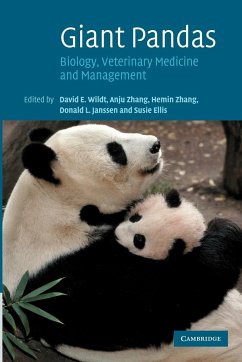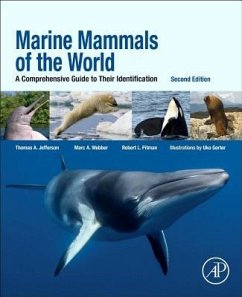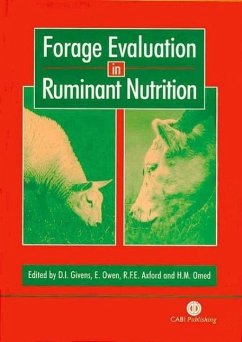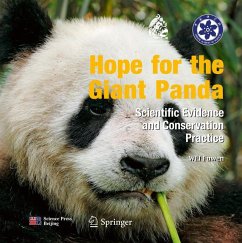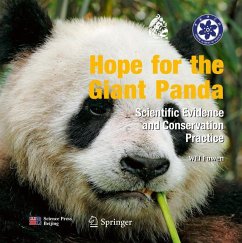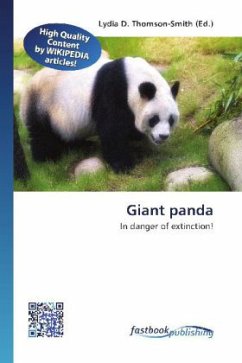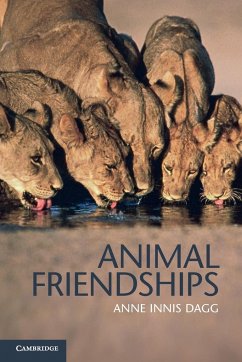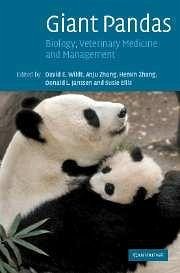
Giant Pandas
Biology, Veterinary Medicine and Management
Herausgeber: Wildt, David E; Ellis, Susie; Janssen, Donald L; Zhang, Hemin; Zhang, Anju

PAYBACK Punkte
78 °P sammeln!
The giant panda is one of the world's most recognized animals, but until now the biology of this threatened species has been a mystery. This is the first book of its kind to summarize the present state of knowledge about panda biology, encompassing topics such as reproduction, behaviour, nutrition, genetics and veterinary medicine. It also provides the latest information on veterinary management, advances in neonatal care, disease detection and prevention and the use of 'assisted breeding' to promote reproduction and preserve genetic diversity.




